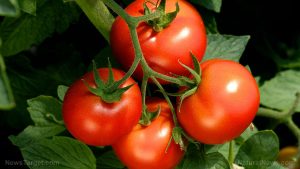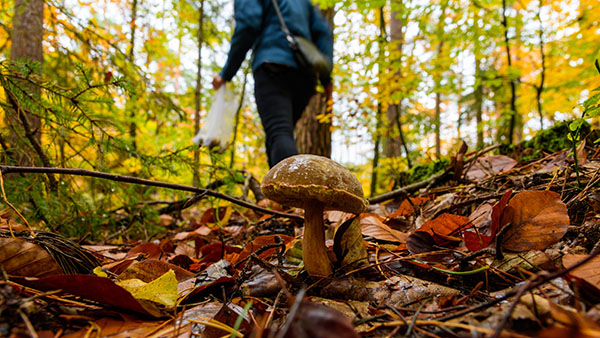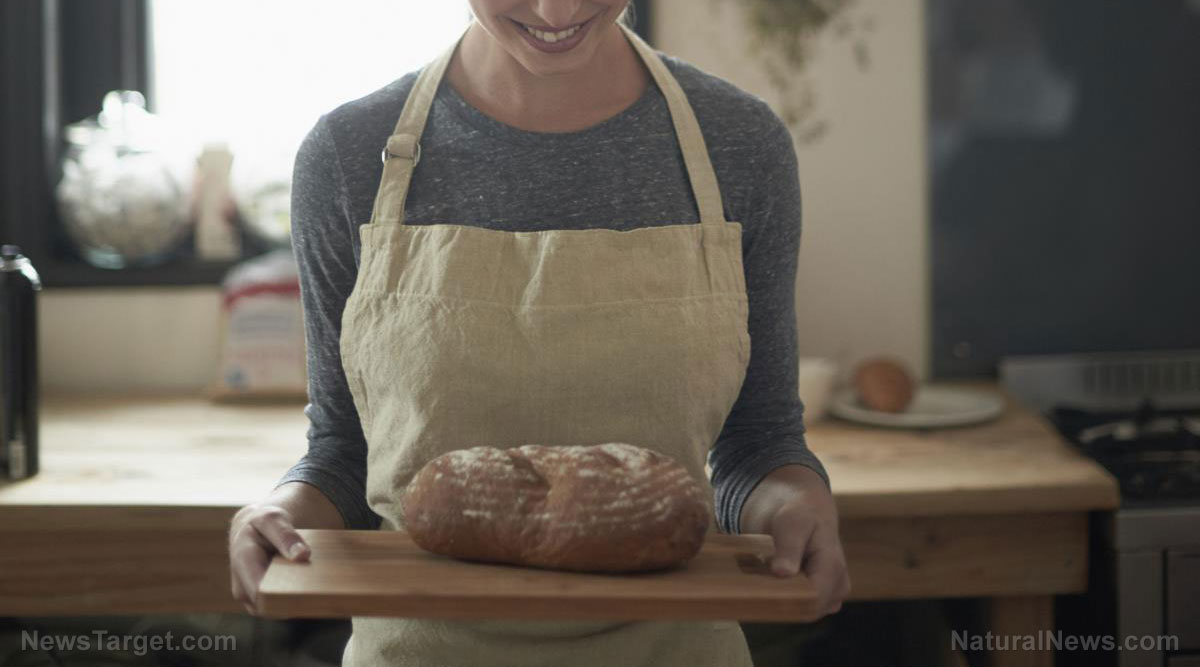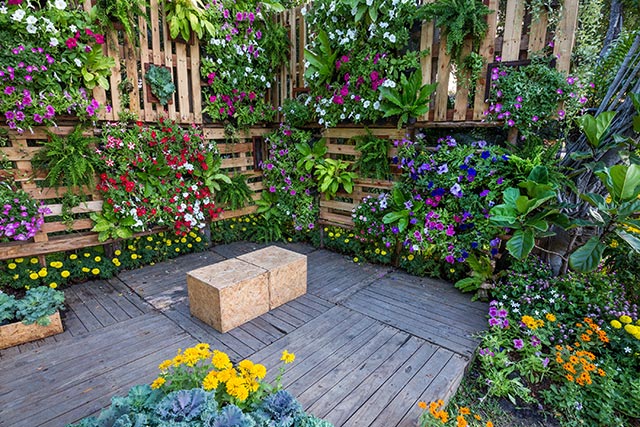
But if you live in a small space, like an apartment in the city, you can still grow your own food if you use the right tools. The trick to small-space gardening is utilizing your vertical space. (h/t to TheOrganicPrepper.com)
Tips for vertical gardening
House lots in the city are often small, with apartments and condominiums even smaller. On average, you will need at least 4,000 feet of garden space to grow enough vegetables for one year. But this isn't always possible if you live in the city. The good thing is, you can use small space gardening to your advantage by making the most of vertical space even if you don't have a large plot of land for traditional row gardening.
Start by adding trellises to your garden. Doing this will help increase your growing space exponentially.
A lot of crops will benefit from support, like pepper, tomatoes and most climbing plants. Cucurbits like cucumbers, melons and pumpkins can vine to six feet or more while beans and tomatoes will grow as tall as the space they're in. If you use trellises, you give your plants enough vertical space to grow and thrive.
Trellising offers many benefits, such as:
- Allowing you to fit more plants into a small space.
- Making it easier to prune and harvest your crops.
- Keeping fruits off of the ground and away from predatory pests.
- Increasing airflow, which can help prevent disease.
- Increasing exposure to sunlight helps plants grow strong and healthy.
The eight options below are affordable and you can start a garden using a trellis made of string or cattle panel.

Arches, pergolas and wall hangings
These options are suitable for a relatively roomy area.
Arches and pergolas will let vines grow up and over. These options are perfect for small urban lots as path decorations. Use arches or pergolas to support different vegetables.
Arches are usually built over a pathway to provide an entrance to a different part of your garden.
Meanwhile, pergolas have open sides. You can set one up using four simple poles, which can them support climbing plants. A pergola has an open roof that you can also cover with vines.
Wall hangings can turn walls into space for growing more plants. You can make wall hangings using materials from any hardware store.
If you have an arch, you can grow crops like cucumbers, melons, peas, pole beans, pumpkins and squash. Use small-fruited varieties of pumpkins and melons so they don't get too heavy for your arch.
A- or T-frames
These are trellises formed into an T or A shape. These frames take advantage of the strength of the triangle to support to heavier plants, like cucumbers, melons and tomatoes.
If you build a big enough T-frame, it can be used to support a roof for more growing space.
Most A- or T-frames are made of wood and metal. Alternatively, you can use chicken wire and old pallets to make A-frames.
Chain-link fences
A sturdy chain-link fence can support edible hedges like blackberry or raspberry. Tie string to a chain-link so small vining plants can grow on it.
Cattle panel
Cattle panel is a metal lattice-style structure that is sometimes modular. Some products can be linked together to form lines or arches.
Modular cattle panel can be more expensive, but they're a great option if you want something you can use to build with.
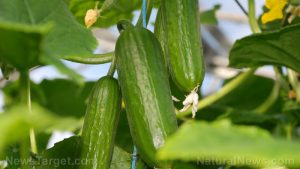
Chicken wire or poultry netting
Chicken wire is suitable for both small space gardening and raised beds.
You can try stapling three-inch wire to the side of a wooden shed and stake it to the ground like a lean-to. This structure can support heavier plants like cucumbers, melons and squash.
Pallets and window boxes
Fill the pallets with soil and lean them against a wall. Once the pallets are secured, plant greens and herbs with shallow roots.
Vegetables with shallow roots or flowers can also help attract pollinators to your window boxes.
Alternatively, you can use pallets to make A-frames. (Related: 6 Edible succulents to grow on your balcony.)
Here's a list of different plants that you can grow for food on a window box:
- Basil
- Bok choy
- Cherry tomatoes
- Chives
- Dill
- Green onions
- Kale
- Lavender
- Leaf lettuce
- Mint
- Oregano
- Parsley
- Peppers
- Radishes
- Sage
- Scallions
- Swiss chard
- Thyme
String
String is one of the cheapest materials you can use to make a trellis for your plants. Use string like jute or hemp twine, as long as it's sturdy.
Run some string over rain gutters and into your containers to help your plants grow. String is also a good option if you live in an apartment or condo with a lanai or small porch.
Keep the weight of the vines and the vegetables in mind when tying up string for your garden because heavier crops may bring down a rain gutter. It's best to use string for smaller plants like beans and peas.
Teepee trellis
A teepee trellis can be made from different materials like inverted tomato cages or wood. You can fit a small teepee trellis on a porch or lanai.
A teepee trellis is triangular, like a teepee. Depending on how wide the base is, a teepee trellis can support some heavier items.
You can also use a teepee trellis for lighter plants like beans and peas.
Follow the guide below to make a teepee trellis out of bamboo and other cheap materials. Note that the number of stakes you need will depend on the shape of the garden bed or pot you're using.
If you're putting the tepee in a rectangular or square container or in a garden bed your teepee trellis will be more stable if you use four stakes. If you're growing plants in a round pot, three stakes will sit in a circle much better than four stakes. Indeterminate tomatoes and cucumbers will grow well on taller tepees.
You will need:
- Bamboo stakes
- A strong rubber band
- A piece of string or baling twine (At least 40 centimeters long)
- A pair of scissors
Steps:
- Grab the top of all the stakes together in one hand until the ends of the stakes are level with each other. Use your other hand to secure the rubber band around the top of all the stakes about five centimeters (two inches) from the top to hold them in place.
- The rubber band won’t last long under the sun so thread the string just below the rubber band over under under each of the three or four stakes until all of them are secured.
- Tie a double bow around the outside of the stakes and pull off the rubber band for later use.
- Spread the stakes out to secure them into the soil in your garden or pot. Push them down so they stay put once your plant starts growing.
- For additional support, wind some extra string around each of the stakes at three different horizontal levels. For example, wind the string at about 10 to 20 centimeters (four to eight inches) from the bottom, 40 centimeters (16 inches) from the bottom and at about 15 centimeters (six inches) above that again. Depending on the height of the stakes, divide it roughly into thirds and add the strings there.
- As your crops grow, train or thread them through the string between the stakes to support them. As the plant reaches the top, use more string to tie them off.
Don't feel discouraged if you live in an apartment. Make the most of your vertical space and start a vegetable garden by making a trellis out of materials like string or pallets.
Sources include:
Please contact us for more information.










